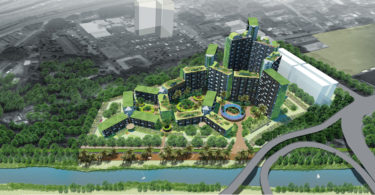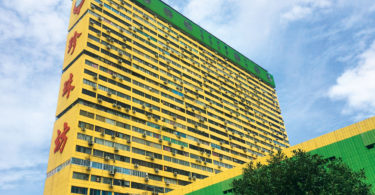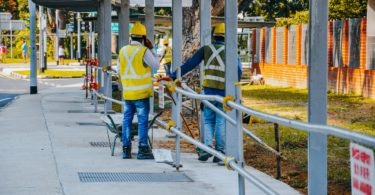by Anisa Pinatih
With construction waste piling up at an alarming rate in Southeast Asian countries, effective management and minimisation programmes are imperative. Resources recovery such as reuse and recycling should be coupled with prevention of waste generation that reduce virgin material extraction. The use of sustainable materials and advanced technology are among the most promising solutions. High-income countries such as Hong Kong and Singapore take the lead in the region. Indonesia and Malaysia have also adopted similar sustainable practices, despite facing some challenges.
CONSTRUCTION AND DEMOLITION WASTE
Construction and demotion (C&D) waste is made up of components such as concrete, stonework, wood scraps, metallic waste like cables and pipes, asbestos, brick, tiles, ceramics, gypsum, tar and coal tar, plastics and many others. These are by-products of construction, demolition or renovation of buildings that continue to pollute the environment.
Report by the World Bank in 2012[1] says that annual global solid waste generation is 1.3 tonnes and this is predicted to soar to 2.2 tonnes per year by 2025. Building materials account for 50 per cent of this annual global solid waste. The World Bank 2018 report[2] confirms that the waste is reaching 2.01 tonnes per year, with 33 per cent not being managed properly.
Construction industry extracts a large amount of virgin material and produces a high level of C&D waste.
Real measures should be taken to reduce and to mitigate the negative impacts, but waste treatment worldwide is poor. The World Bank report in 2018 further states that the most common ways to dispose waste are in open dumps and unspecified (most probably uncontrolled) landfills. Recycling waste takes up only 13.5 per cent; and other more sustainable methods i.e., sanitary landfills, composting and controlled landfills occur at only 7.7, 5.5 and 4 per cent respectively.
In addition, the construction industry also consumes high energy and extracts raw materials on a large scale. UN Environment’s Global Status Report 2017[3] states that the industry uses 36 per cent of the total world’s energy. The Global Material Resources Outlook 2060[4] predicts that minerals’ extraction will continue to rise, especially for construction in developing economies, including the Southeast Asian countries. The extraction of sand, gravel and crushed rock will reach 55 giga tonnes by 2060; while metal, coal, limestone and wood will also double.

To read the complete article, register your details above
to be notified once the revamped Construction Plus App is ready!











